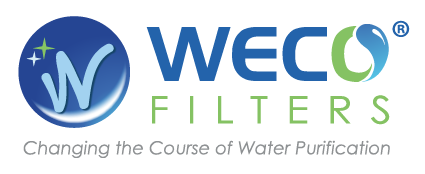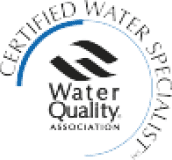Your Results
WECO Filters aim to provide the most energy and water efficient system that meets the flow rate and available pressure parameters. This is often accomplished by selecting the smallest softener/filter model that can provide adequate capacity to meet your daily water usage. All equipment must be professionally installed and maintained with temperature limited to 40-110°F, pressure regulated at 26-80 psi, with appropriate redundant leak protection methods. Use vacuum breakers and flexible connectors as needed. Not to be used as a primary solution for hazardous or medical applications. Monitor performance with appropriate warning/shut off device. Do not use with water that is microbiologically unsafe or of unknown quality without adequate disinfection before and/or after. “Scale reduction” media fluidized and upflow in conjunction with appropriate pre-treatment/upkeep is for scale reduction in constantly wetted areas only. For all systems, pre-treat influent for contaminants and sediment with adequate back wash/rinse at start up and protect effluent from potential media loss. Most tank jackets are recommended for dry protected areas only. Prices/Info subject to change without notice.






